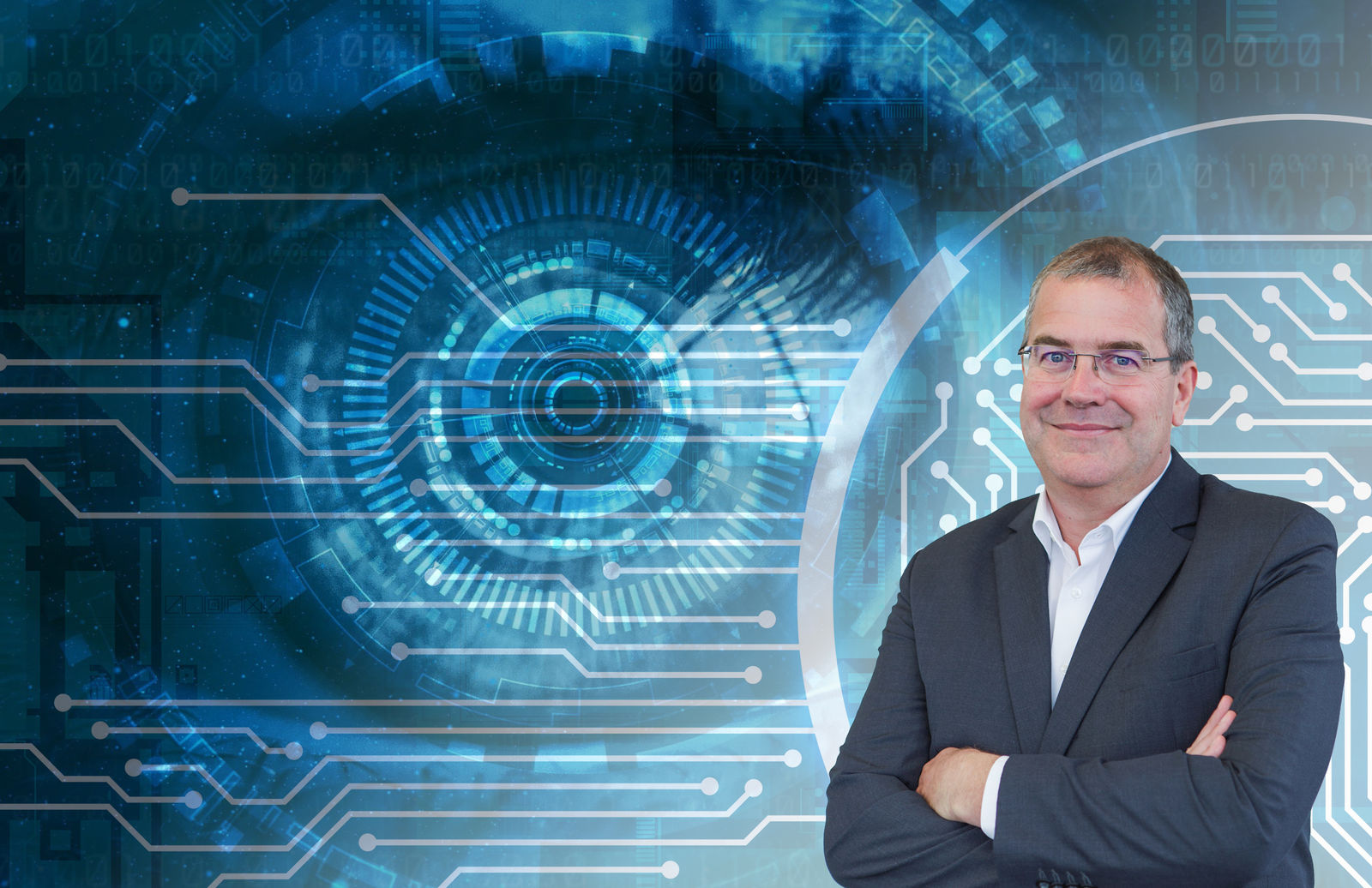for machine vision expert Andreas Waldl

Deep learning is currently the hot topic in the machine vision world. Do you think it will fundamentally change the field?
Andreas Waldl: Deep learning is a fascinating technology that has made great progress in recent years. Neural networks and inference modules are getting more sophisticated and powerful and are delivering better and better results. In the future, deep learning will make it possible to solve many new tasks – both in the cloud and in real time directly on edge devices – to do a lot of things with machine vision that have never been possible before.
So it will take over the job of today's image processing algorithms?
Waldl: Deep learning is great when you need to recognize things that can't be predicted in advance. The classic example is detecting defects and anomalies. But: Whenever you have a task that can be described in mathematical terms – like "Is the object exactly 5.3 cm long?" – then classical algorithms are more reliable. The two approaches are complementary and will coexist. And, for many machine vision tasks, it will even be a combination of the two that delivers the best results.
Does this represent the full potential of deep learning, or is there more to come?
Waldl: Oh, there's still a lot more to come. For example, we're starting to see solutions that allow neural networks to keep learning and improving as they work. Another exciting area being explored is called multimodal deep learning. On the one hand, we have a variety of two-dimensional and multidimensional sensor data, even extending beyond the visible spectrum. On the other, we have rule-based analysis and multidimensional neural networks. As we develop ways to integrate all these data sources and evaluation techniques, we'll open up machine vision to a much wider range of potential applications in the future.
Learn more about B&R's vision system: Visit product page